Another Japanese hotel breakfast is served - this gets us well past noon for our day of touring.
Matsuyama Castle is a "flatland-mountain"-style Japanese castle that was built in 1603 on Mount Katsuyama, in the city of Matsuyama. The castle is one of twelve Japanese castles to still have its original tenshu (central high tower pagoda). The castle has been protected as a National Historic Site since 1952.
We could either take the lift, or walk up - of course, we walk up.
We could either take the lift, or walk up - of course, we walk up.
Now at the top of the "mountain"...
The part where we went inside has a sprinkling of exhibits to check out.
The internal structures are interesting in themselves.
Now at the very top we get some neat views of the castle overlooking the modern sprawling city.

Now descending the mountain-top perches....
We head down an alternate trail, seeing a lot less tourists going this way...
This has that look of a renaissance oil painting from those olden times - a study of light and dark.
These were originally royal/feudal house-holds and government buildings, now mostly gone (save for some recreations) and given the look of a Japanese garden, but with original foundations outlined around the garden.
Gerri has a yen for counting her yen - ha!...
The mountaintop castle as seen from the garden...and a giant seahorse?
Onward we go, looking for more sights...
...like cloud-shaped motorbike licenses.
We have quickly learned back in June that pedestrians follow these signals religiously - if there isn't a sign of car for blocks and blocks, you still wait for the green man before you head across, especially if a local is standing next to you. It's not like someone would say anything, it's that you could feel eyes piercing the back of your head if you tried it.
Looking for lunch - many places are closed in the early afternoon - but we find a prospect....
This eclectic one-woman operation was amazing - she spoke a fair amount of "restaurant" English.
And then after we'd paid up, she ran to her freezer and brought us these waffle/ice cream/bean paste treats.
Single-cylinder Easy Rider, and Rob, taking-it-easy-kitty-cat.
On a clinic window - cats are everywhere - height, width, B.P., urinalysis kitty, get-your-shots, how's the ticker...
Ishite-ji (石手寺) is a Shingon temple in Matsuyama - Temple 51 on the Shikoku 88 temple pilgrimage. Ishite-ji means Stone Hand Temple (石手寺). Seven of its structures have been designated National Treasures or Important Cultural Properties.
Ishite-ji three-story pagoda and gorintō, both from the end of the Kamakura Period (around 1300 AD) and Important Cultural Properties. Seen between the top two stories, notice the big Buddha statue on the high ridge.
...his soul shall be lifted nevermore...
Ha, ha ha, haaaa, that's a good one! Temple of the bat people?
These steps are for the pilgrammagers.
There's even a long tunnel (120-150 yds) at the backside of the complex through a ridge-line - as we were about midway through, birds or bats came flying towards us passing by (Gerri said birds, definitely birds).
Their translation (above) and ours (below) differed a bit. This "cave" is more like a winding narrow tunnel underground about 20 feet down and maybe 50-60 ft in length, with small shrines tucked here and there, that comes out into an above ground structure at the rear.
Now in another part of the city - this clock has animations, but only on the hour during weekdays, so we didn't stick around long enough to see an event.
Gerri in the public foot bath talking with English-speaking locals.
At the German-style beer brewery...
"Dōgo Onsen is one of the oldest hot spring baths in Japan, with a history stretching back over 1000 years. The springs are mentioned in the Man'yōshū (written c. 759) and, according to legend, Prince Shōtoku (574–622) used to bathe here. The current structure was built in 1894 on three levels for maximum capacity - the baths remain popular and are usually crowded at peak times, such as in the early evening before dinner.
While Dōgo is largely engulfed in the suburban sprawl of modern-day Matsuyama, the area around Dōgo retains the feeling of a resort town, with guests from all over the country wandering the streets in yukata robes after their bath."
We weren't able to see it as shown below, as a major restoration project was underway.
While Dōgo is largely engulfed in the suburban sprawl of modern-day Matsuyama, the area around Dōgo retains the feeling of a resort town, with guests from all over the country wandering the streets in yukata robes after their bath."
We weren't able to see it as shown below, as a major restoration project was underway.

Wiki Date: 23 October 2009, 04:26 Source: DSC_1952 Author: Simon from Quebec, Canada
Except for the front entrance, this is how the bath appeared to us - interesting, but not the hoped for view.
Are they coming or going, they look clean and spa-relaxed.







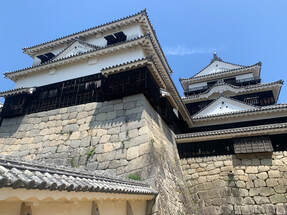











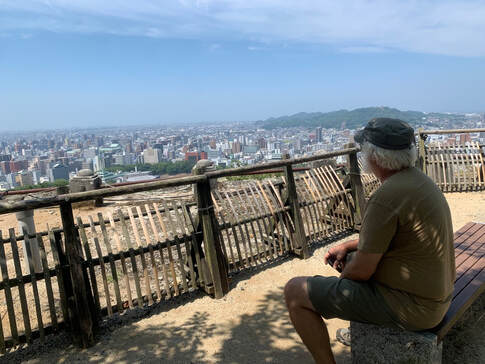


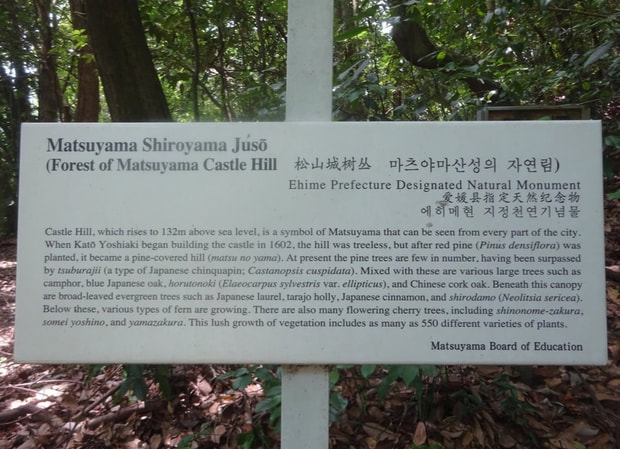
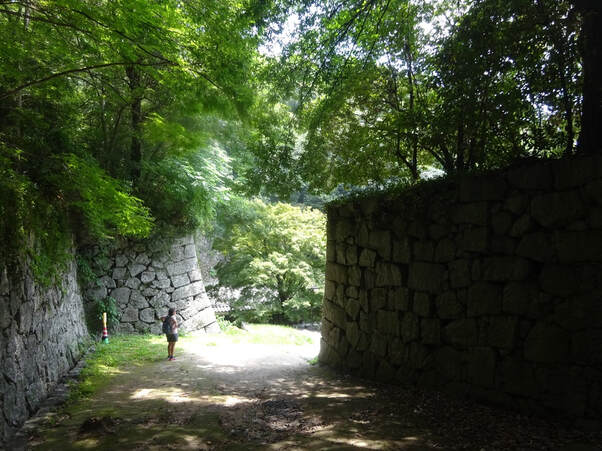







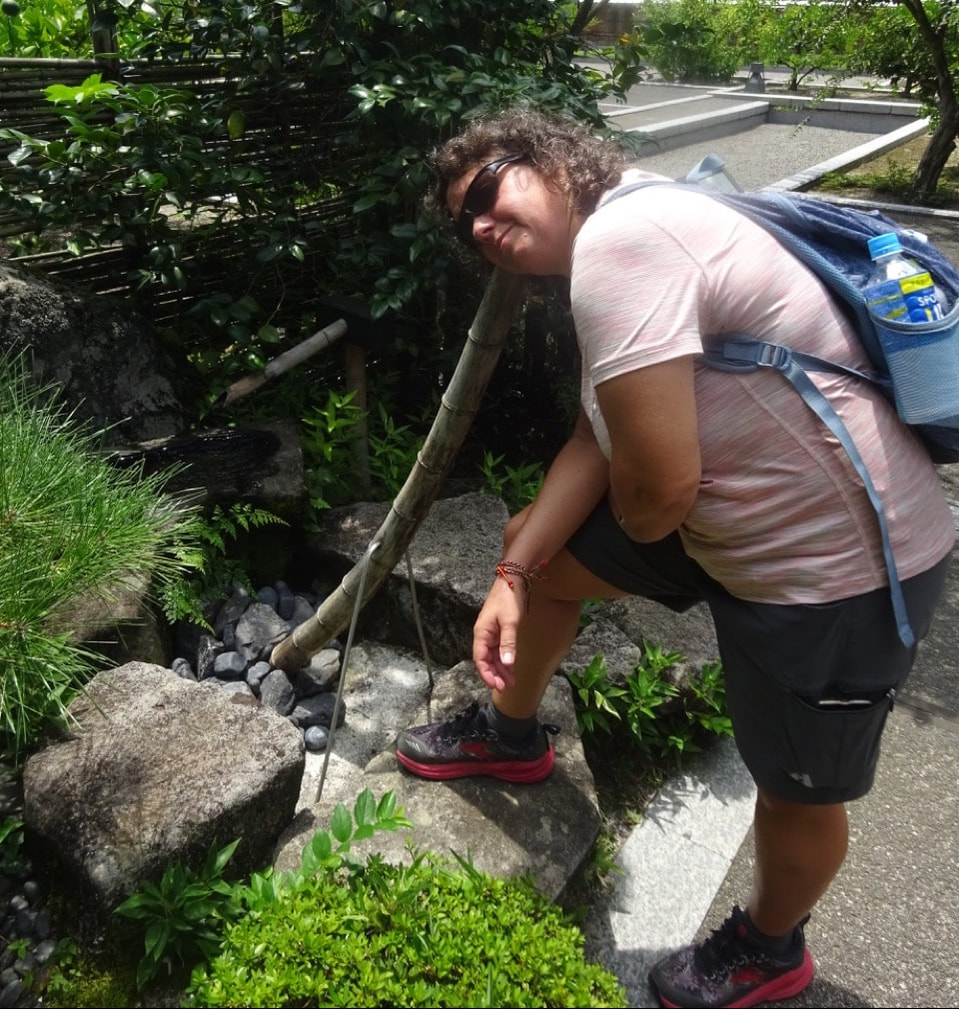














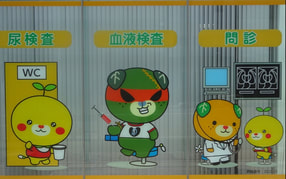






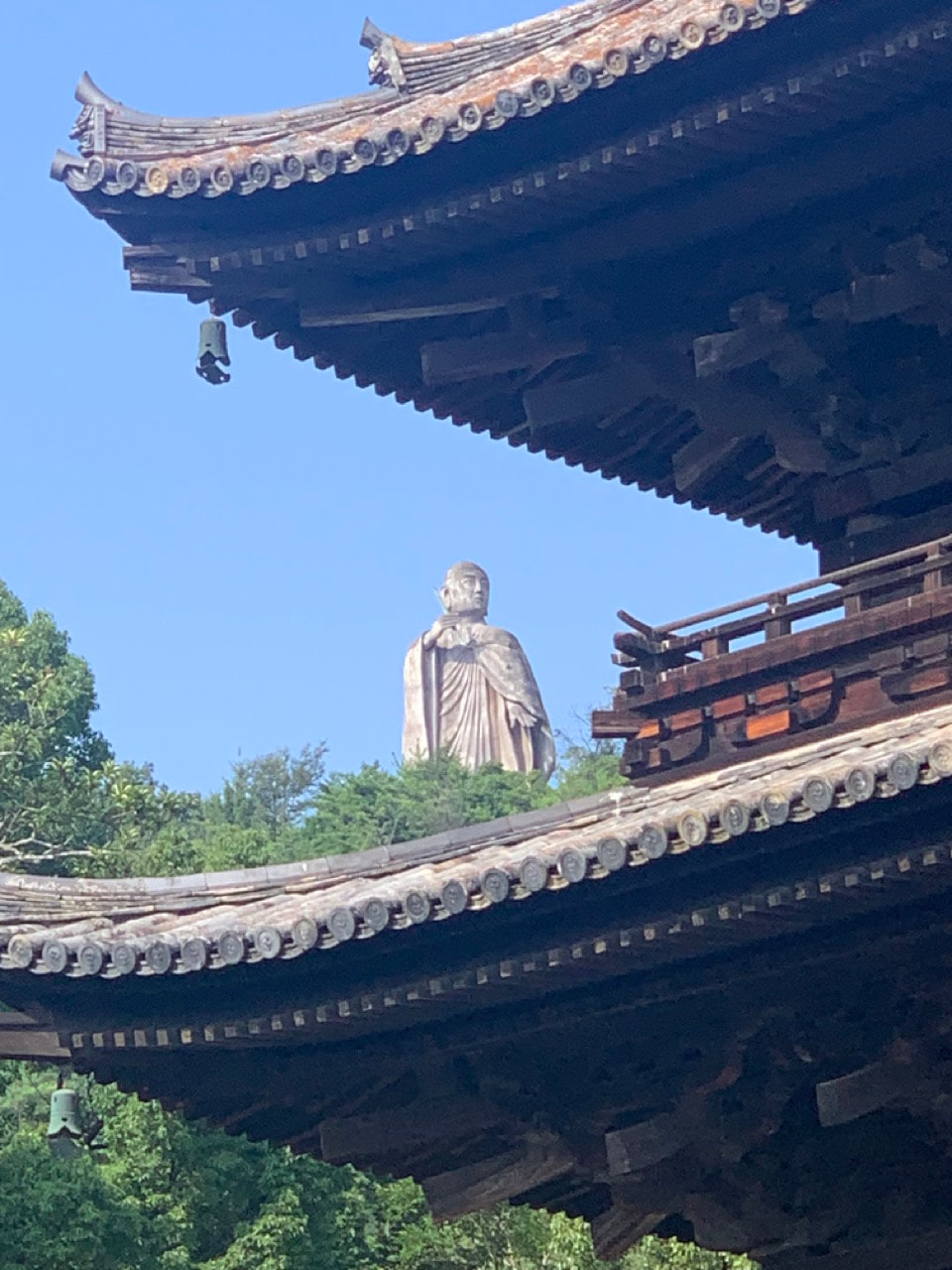














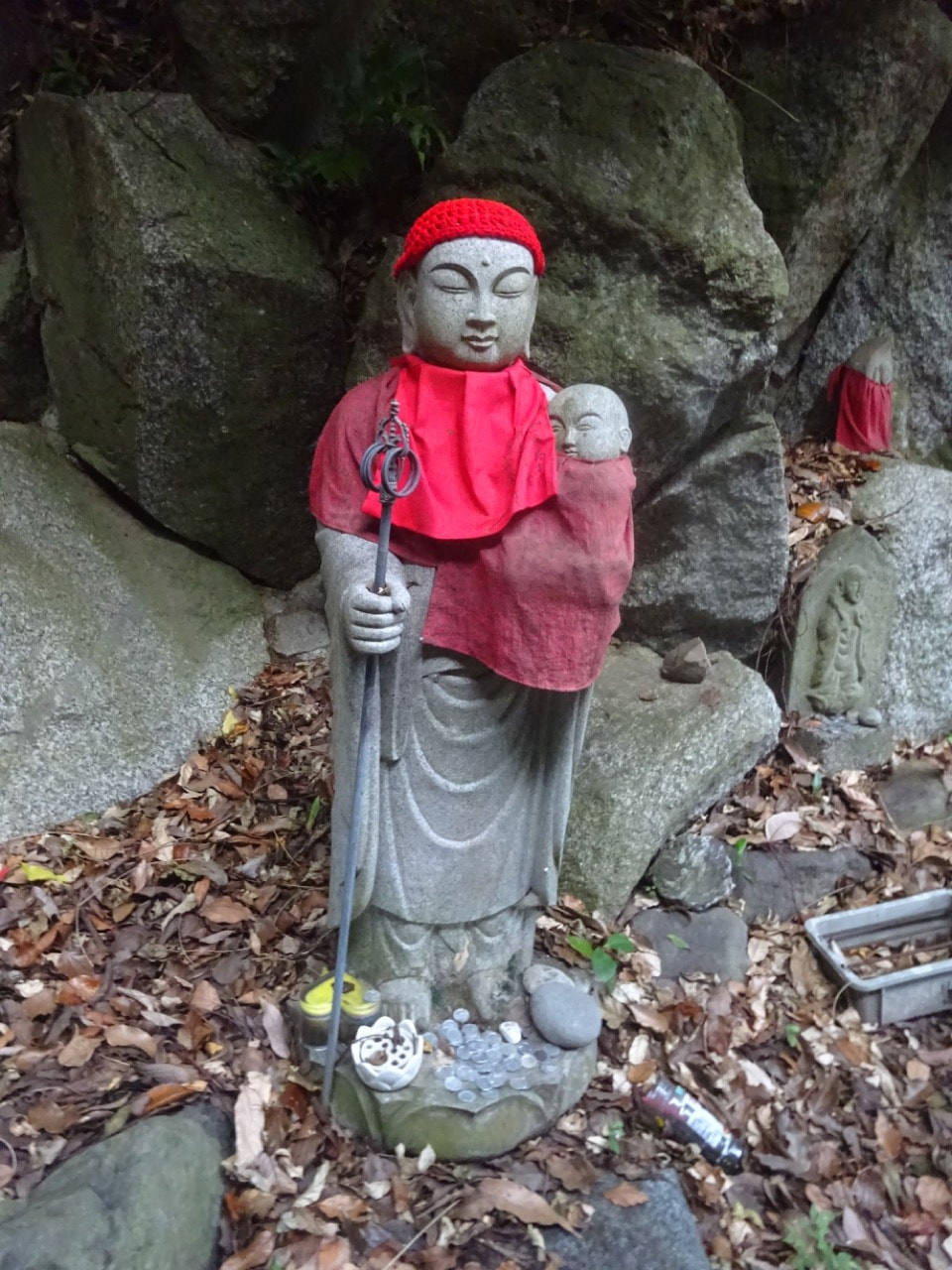
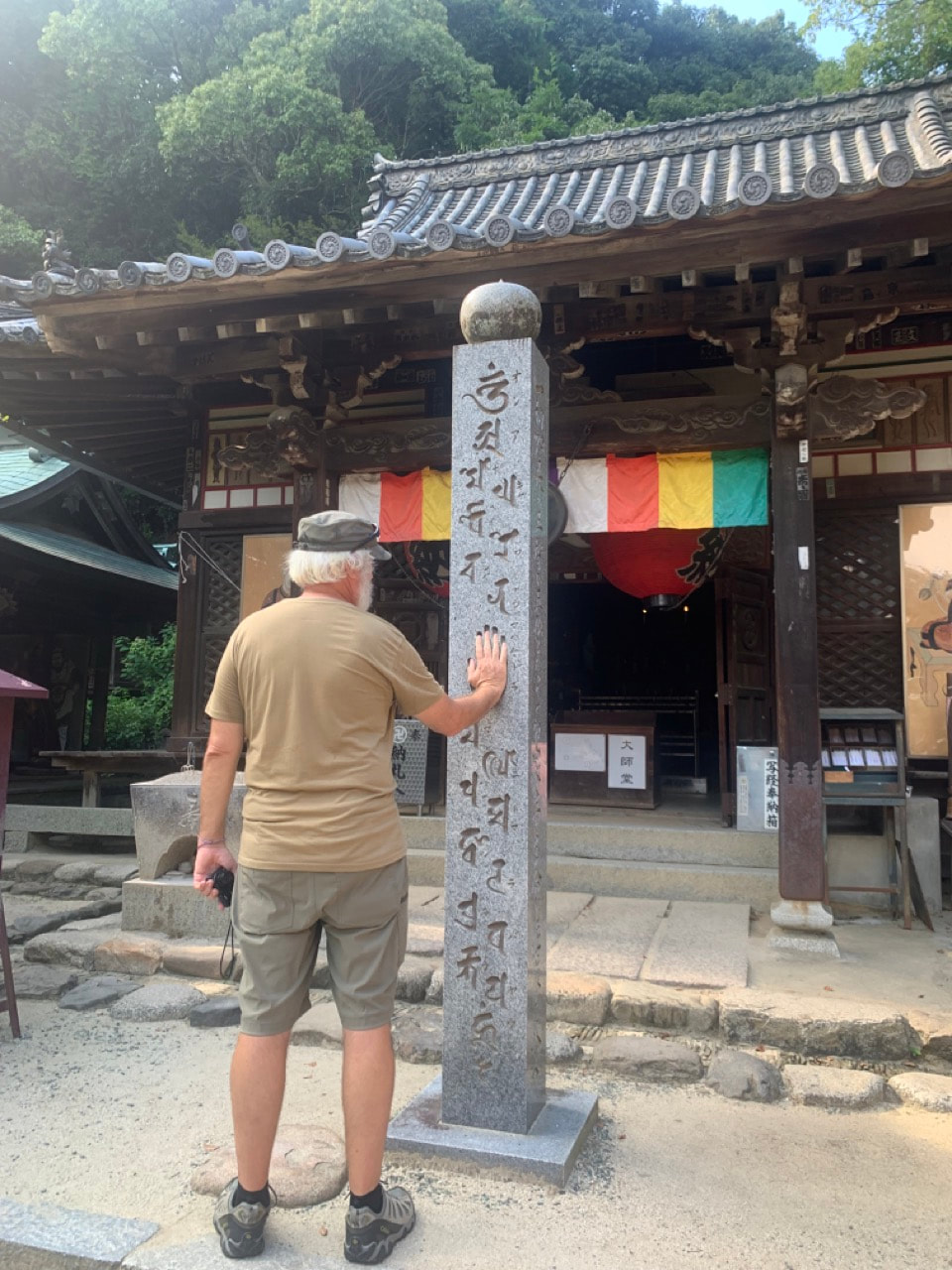

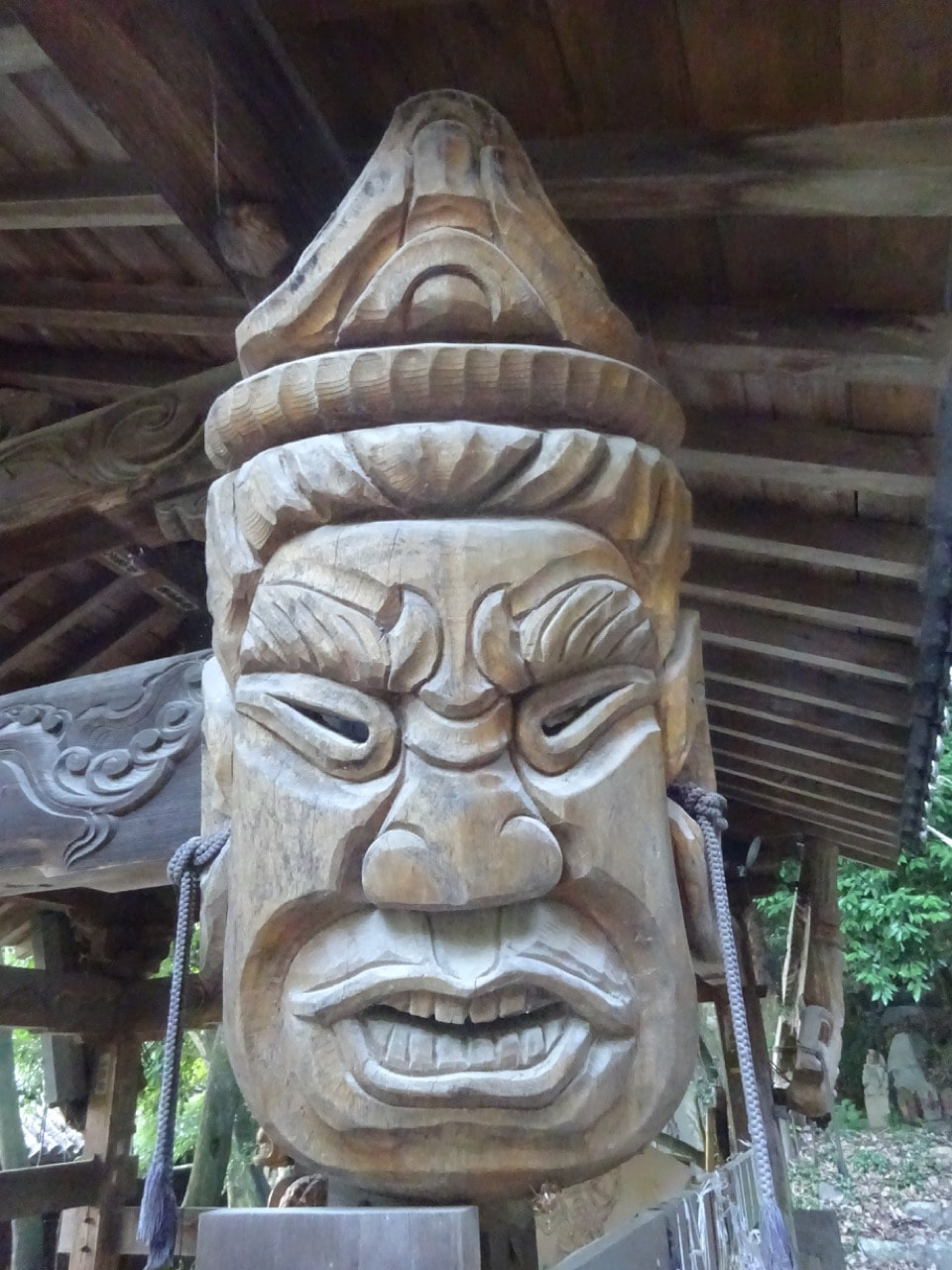














 RSS Feed
RSS Feed
